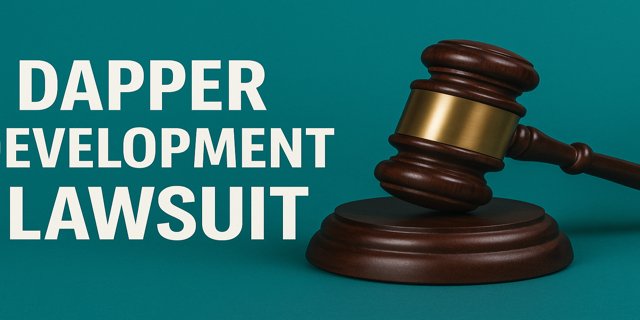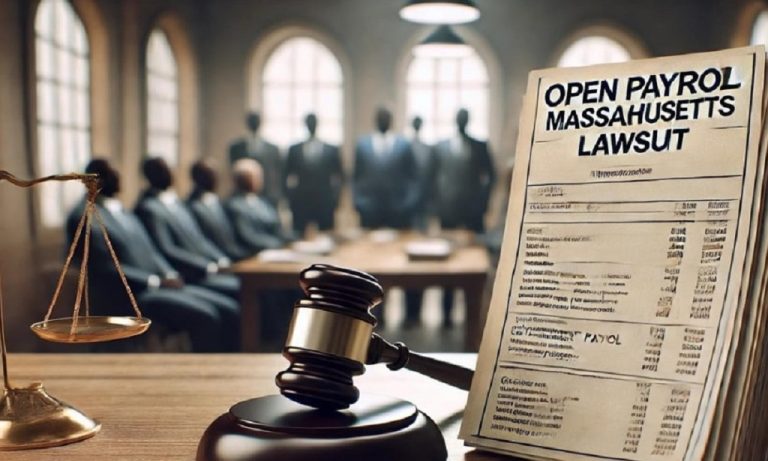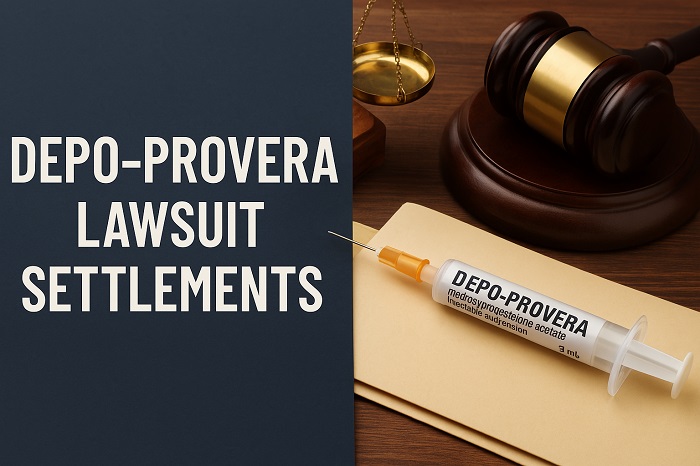The Dapper Development Lawsuit has attracted wide attention. Investors, business owners, and legal experts are closely watching it. The case involves complex business disputes. Yet it also highlights simple lessons about agreements, trust, and accountability. The conflict centers on Dapper Development, a company formed by four partners. These partners shared ownership equally. They also shared responsibilities. However, disagreements grew. In time, the conflict reached court. The story shows how fragile partnerships can become without clear communication and trust. This article will guide you through each step and every tiny detail you want to know about.
The Inception of Dapper Development
Partnerships often begin with excitement. The early days bring hope, energy, and a sense of trust. That was true here as well.
A Shared Dream
Four entrepreneurs came together with one vision. They wanted to build a successful development company. Each brought skills, money, and passion. They founded Dapper Development and later established Tantalum Holdings. Ownership was equal. Each partner held 25%. They also acted as managers.
The Agreements
Strong businesses need written rules. These partners knew that. The operating agreements set expectations from the start. The partners signed operating agreements. These agreements guided their roles. They set rules for buyouts, employment, and capital management. At first, the agreements provided clarity. Later, they became weapons in the dispute.
The Rise of Tensions
Dreams rarely match reality. As work advanced, problems emerged. As projects advanced, differences appeared. Decisions became harder. Management conflicts emerged. Trust started breaking. Eventually, three partners stood against one. That moment triggered the lawsuit.
The Triggering Event
Every lawsuit starts with a spark. In this case, the spark was a termination.
The Termination of Employment
In June 2023, three partners voted to remove the fourth, Andrew Cordell. They terminated his employment. They also removed him as manager. Their argument relied on Section 10.2 of the agreements. This section required a buyout if employment ended.
The Buyout Dispute
Termination was not the end. It was the beginning. Cordell refused to step aside quietly. Cordell resisted. He argued that the termination was not valid. He also challenged the buyout process. The others insisted that the agreements forced him to sell. This clash became the heart of the Dapper Development Lawsuit.
The Initial Court Case
When negotiations fail, lawsuits follow. That is exactly what happened here. Cordell filed a lawsuit soon after his termination. That case created a consent order. The order outlined steps for valuation and buyout. Yet Cordell later dismissed his case. Then the three partners sued him. This move restarted the conflict under new terms.
Court Decisions
Courts shape the path of business disputes. The Dapper Development Lawsuit is no exception.
First Key Ruling: September 2024
The court considered Cordell’s attempt to dismiss the new lawsuit. The judge rejected large parts of his motion. The court accepted that the termination could trigger the buyout. The consent order was treated as an enforceable contract. This ruling gave strength to the three partners. It confirmed that their arguments had merit. Still, some claims were cut. The case moved forward with narrowed but powerful issues.
Second Key Ruling: July 2025
Court battles rarely end in one round. The second major ruling was even more significant. The court delivered another major ruling. It confirmed that the buyout obligations were triggered. Cordell had to sell his interests. The companies had to buy them. However, the exact value remained open. The ruling also addressed Cordell’s counterclaims. Many were dismissed. Some survived. These surviving claims involved capital accounts, distributions, accounting, and reimbursement. The valuation date also remained disputed.
Surviving Claims
Dismissal does not erase every claim. Cordell held on to some key points.
Valuation Date
Cordell argued that the valuation date should favor him. The others disagreed. The court refused to decide this issue at the pleadings stage. Evidence would be required.
Capital Accounts and Distributions
Money often drives disputes. Here, Cordell pointed to how the company managed finances. Cordell claimed mismanagement of capital accounts. He also said distributions were unfair. These claims survived. They will now demand financial evidence.
Expense Reimbursements
Expenses can spark conflict too. Cordell raised that issue as well. Cordell also claimed he covered company debts as a guarantor. He wanted reimbursement. The court allowed this claim to move forward.
Implication
Together, these claims keep the case alive. They ensure money remains at the center of the fight.
Dismissed Claims
Every lawsuit also sheds dead weight. The court trimmed many of Cordell’s claims.
Wide Dismissal
The court dismissed most of Cordell’s counterclaims. These included wage claims, fiduciary duty claims, misrepresentation, and dissolution requests. Many were dismissed with prejudice. That means they cannot return.
Narrow Window Left
The dismissal weakened Cordell’s case. Yet it did not erase it. Only a few claims survived. This limited Cordell’s case. Still, those few claims target money. That keeps them important.
Lessons from the Lawsuit
Cases like this teach more than they resolve. They offer lessons for future business owners.
Agreements Are Crucial
The Dapper Development Lawsuit shows the power of operating agreements. These documents decide outcomes when partners disagree. A clear agreement can protect interests. A vague one can cause chaos.
Consent Orders Can Bind
The ruling also showed how courts treat consent orders. They are more than simple schedules. The court treated a consent order as a contract. That shows the binding nature of court-approved agreements. Parties must take them seriously.
Pleadings Shape the Fight
What courts allow at the start shapes the rest of the journey. Early rulings narrowed the issues. Some claims were cut before trial. That saved time and cost. Yet the surviving claims kept the case alive.
The Human Element
Behind legal terms are people. Their relationships matter as much as contracts.
Broken Trust
Beyond contracts, this case is about trust. Four partners began as equals. Now, three fight against one. This split shows how quickly business relationships can collapse.
Personal Stakes
For the partners, money is not the only issue. Pride plays a role. The lawsuit is not only about money. It also concerns reputation, pride, and future opportunities. Each partner’s business career may feel the impact.
Emotional Weight
Every courtroom has an emotional story. This one is no different. Partnership disputes often carry emotional weight. Betrayal and anger fuel the conflict. The Dapper Development Lawsuit is no exception.
Broader Impact
Business disputes affect more than just the people involved. The ripples reach far.
Lessons for Entrepreneurs
Entrepreneurs can learn from this case. Clear agreements matter. Defined exit plans matter. Trust matters even more. Without these, success can turn to dispute.
Lessons for Investors
Investors should pay attention too. Their money can be trapped in partner conflicts. Investors should note the risks of partner disputes. Ownership battles can freeze projects. They can also damage company value.
Lessons for Lawyers
Legal professionals can also take lessons here. Each clause can decide the outcome. Lawyers can use this case to show clients why precision in agreements is vital. Each clause can decide millions.
Frequently Asked Questions
Readers often have similar questions. Here are direct answers.
What is the Dapper Development Lawsuit?
It is a legal battle among four partners. Three terminated the fourth and demanded a buyout.
Why is it important?
It shows how operating agreements decide business outcomes. It also highlights risks of partner disputes.
What is the status now?
The buyout is confirmed. Valuation and reimbursements remain in dispute.
Who benefits from the case?
Lawyers, entrepreneurs, and investors gain insights. The partners themselves face risks and costs.
The Road Ahead
Court battles rarely end quickly. This one still has a path to travel.
Valuation Battle
The value of the interests remains the most critical fight. The case now focuses on value. Accountants and appraisers will play big roles. Evidence will decide numbers.
Possible Settlement
Sometimes disputes end through compromise. That option remains open here. The parties may settle. Settlement could save cost. Yet pride may block compromise.
Trial Option
If no settlement comes, trial remains. That would bring more public exposure. If no settlement comes, trial remains. That would bring more public exposure.
Conclusion
The Dapper Development Lawsuit is a cautionary tale. Four partners began as equals. Disputes broke them apart. Agreements guided the conflict. Courts enforced those agreements. The case teaches clear lessons. Draft agreements carefully. Respect consent orders. Manage partnerships with trust and clarity. Avoid letting disputes reach court. Business owners, investors, and entrepreneurs should pay attention. The Dapper Development Lawsuit shows how success can turn into conflict. It also shows how law steps in when trust breaks down.




